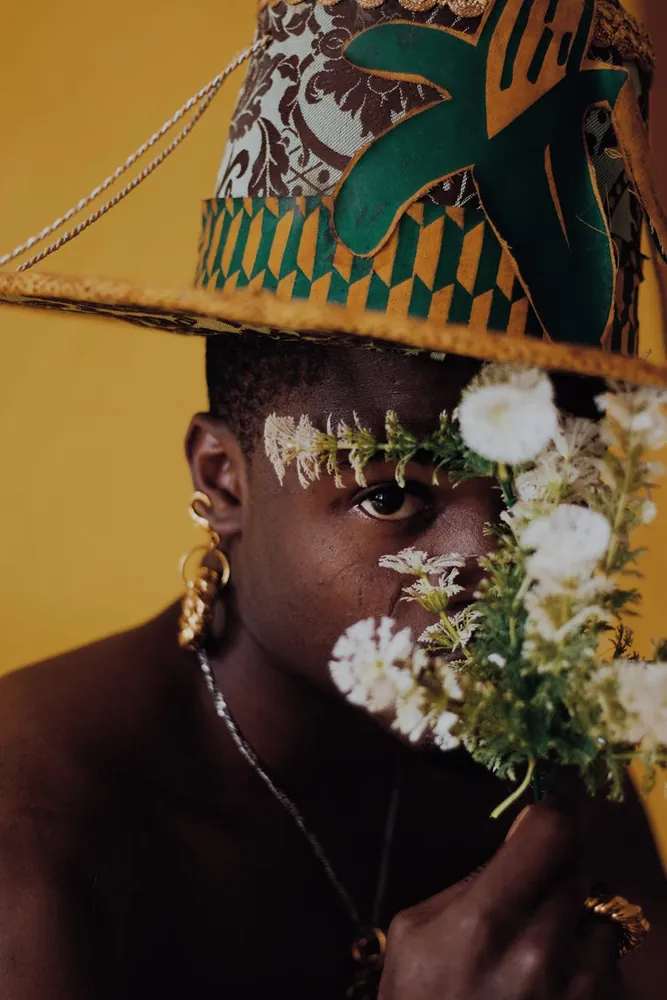African Art Influence: Bridging Cultural Heritage and Modern Artistic Techniques

The Legacy of African Art Motifs
African art is celebrated for its rich heritage, profound cultural significance, and unique aesthetic values. The motifs found in traditional African art have been a source of inspiration for countless artists worldwide, offering both spiritual and visual depth that bridges the past with contemporary creative practices. The bold patterns, vibrant colors, and symbolic forms offer a tapestry of stories that continue to inspire modern abstract expressionists.
From Traditional to Modern
Abstract expressionism, a post-World War II art movement centered in America, is characterized by spontaneous, automatic, or subconscious creation. This artistic wave was notably influenced by the visceral and symbolic power of African art, challenging Western artists to explore deeper emotional and cultural narratives through abstraction. Key figures such as Jackson Pollock and Willem de Kooning drew upon African masks and sculptures for their emotive qualities and structural designs.
Influential Figures and Their Works
The impact of African art is evident in the works of several key abstract expressionists:
- Jackson Pollock: Known for his 'drip' painting technique, Pollock's work reveals an intricate dance of movement and form. His piece "Convergence" demonstrates how African art's layered meanings can be echoed through chaotic yet controlled expressions.
- Willem de Kooning: De Kooning often incorporated exaggerated facial features reminiscent of African masks into his paintings. His renowned series "Women" draws clear parallels to the stylized forms found in traditional African carvings.
- Norman Lewis: As an African American artist, Lewis infused his work with cultural narratives that align with African traditions. His use of symbols and rhythmic compositions in pieces like "Twilight Sounds" reflects a synthesis of modern techniques with ancestral motifs.
Practical Insights: Incorporating African Motifs in Contemporary Art
For artists looking to incorporate African influences into their abstract works, the following process can serve as a guide:
- Research: Start by studying various African cultures and their art forms. Understand the historical context and significance of the motifs you wish to incorporate.
- Identify Key Elements: Select specific elements that resonate with your artistic vision—this could be color palettes, shapes, or symbolic meanings.
- Create a Narrative: Abstract art thrives on emotion and concept. Integrate your understanding of African motifs into a narrative that speaks to both personal and universal themes.
- Experimentation: Embrace the spontaneity inherent in abstract expressionism. Allow the African motifs to guide your creative process, encouraging organic development over rigid replication.
- Reflection: Post-creation, reflect on the cultural connections your work evokes. Ensure respectful representation and acknowledge the origins of your inspiration.
Cultural Sensitivity and Artistic Respect
The integration of African motifs into modern art requires a careful balance of creativity and respect. Artists should strive to understand not just the aesthetics but also the meanings behind these traditional elements. This involves recognizing their roots in rituals, ceremonies, and everyday life within African cultures.
As artistic communities become more interconnected globally, it is crucial for artists to engage with other cultures thoughtfully. This means going beyond superficial imitation and contributing to a dialogue that honors the source material while innovating new pathways for expression.
The Broader Impact: Shaping Global Art Narratives
The influence of African art on abstract expressionism extends beyond individual artists. It has contributed to shaping global art narratives that are more inclusive and representative of diverse voices. By integrating these motifs into contemporary practice, artists participate in a broader conversation about identity, heritage, and innovation.
The fusion of traditional motifs with modern techniques not only revitalizes ancient traditions but also enriches the artistic landscape by introducing fresh perspectives. This blending cultivates a dynamic artistic environment where past and present coexist harmoniously, driving forward the evolution of art.
